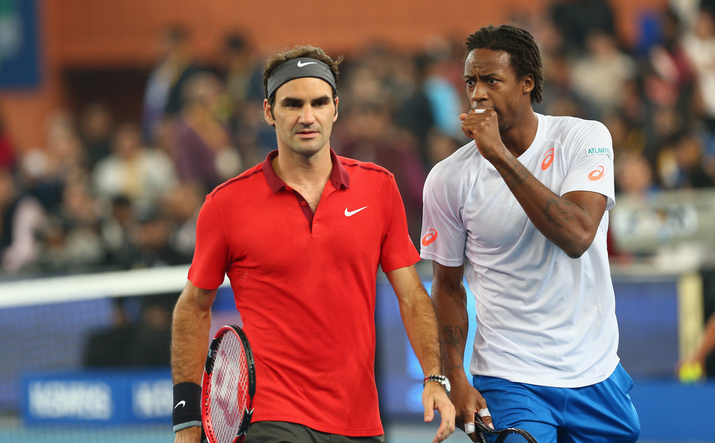Don't miss any stories → Follow Tennis View
FollowInternational Premier Tennis League Shows Promise in Launch
The tennis off-season may be shorter than that of most sports, but that does not mean that it cannot be turned into a valuable marketing tool to grow the game. That is what Mahesh Bhupathi set out to prove with the International Premier Tennis League (IPTL), and after a relatively successful inaugural run, it is an exhibition competition that deserves another chance next year.
It was initially doubtful that the IPTL would enjoy any measure of success after getting off to a rocky start. There was much confusion regarding how many teams would be a part of the league, and it was not until the draft arrived that it became clear there would only be four instead of the originally conceived six charter franchises. Additionally, crowds were not as robust as some might have hoped, and television coverage was spotty at best. As the saying goes, however, “good things come to those who wait.” Time may be all that is needed to allow this league to further develop, and there were plenty of positives in its maiden showing to suggest it could turn into something lucrative.

For starters, there was quite a bit of star power to support the league. Players such as Roger Federer, Novak Djokovic, Andy Murray, Serena Williams, and Maria Sharapova were just a few of the top professionals to compete in the inaugural season. Former greats such as Andre Agassi, Patrick Rafter, and Goran Ivanisevic also got into the action. Assuming that the league can continue to draw on these talents in the future, there is bound to be added interest from fans and sponsors down the road.
The format of the team competition makes it exciting for fans and player-friendly, too. The five events of men’s and women’s singles, men’s and mixed doubles, and past champions’ singles are comprised of just a single set. Similar to World Team Tennis, total games won and lost are counted towards a victory, which means a player can have something to show for his or her efforts even if he or she ultimately loses the set. Furthermore, the games are fast-paced with competitors only playing to four points with no ad-scoring. This shorter and therefore less strenuous setup is more appealing to players not looking to put themselves through the rigors of actual match play.
The IPTL’s playing format also boasts some fun aspects that have little-to-no-chance of being used in traditional tennis. For example, the IPTL employs an actual shot clock, which is all the more entertaining when watching those players notorious for milking it between points. There is also the power point, which can be called out once during a set by the receiving team and guarantees that the next point played counts for double. What fan – or good returner for that matter – would not enjoy seeing the stakes instantly raised like that? Those are just a couple of the wrinkles this team competition utilizes to keep the sport interesting.

A final added benefit in all of this is the geographic region for the bulk of the competition. It is primarily centered in Asia and in the Middle East. The IPTL therefore helps to promote the sport in areas that have scant exposure to the game, such as Manila and the Philippines, or else further enhances interest in the game to help it grow stronger in others, such as in Dubai. In a sport that is already extremely global, bringing more nations further into the fold can only strengthen it.
For so many reasons, the International Premier Tennis League deserves a shot at blossoming into something special. Granted, it cuts into the off-season, but the benefits of what this tour could mean not just for the growth of the sport in the regions where it is contested, but to the growth of the sport as a whole, make it worth it. Hopefully, more players, investors, and fans alike, will come to realize the value of this exhibition tour, and it will come back even stronger next time.










